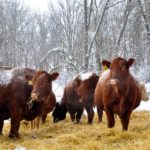
Fuelling up cows for cold weather and calving
Health: A cow's body condition is closely linked to calving success
It takes a North American prairie cold snap, those first two to three weeks of real winter when outside temperatures plummet where Fahrenheit and Centigrade meet below zero, for beef specialists to dust off and publish articles on managing cows through cold — the -40 C kind. They all make valid points; gentle reminders for […] Read more
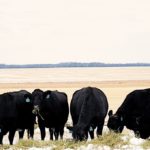
Calf health closely tied to cow nutrition
Six problems you may see with calves if cow nutrition is compromised
Many cows came home in 2017 from pastures parched by drought for much of the grazing season. Without proper supplementation of brood cows through the rest of their gestation, vitamin and mineral deficiencies will show up as health issues next spring with economic consequences that often persist for several more. It is well established that […] Read more
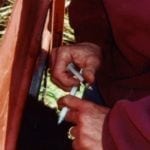
Understanding the new drug regulations
Vet Advice with Dr. Ron Clarke
New regulations governing the purchase and use of antimicrobials (antibiotics) necessitate time spent between veterinarians and producers. Everyone has an opinion. Phrases like “prudent use,” “veterinary-client-patient-relationships,” “veterinary-pharmaceutical stewardship,” “veterinary oversight,” and “documented evidence” pepper the pages of government, academic and veterinary documents issued around antimicrobial use. There is a new vocabulary to be learned, the […] Read more
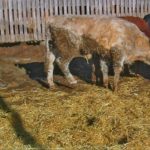
Ergot poisoning: An ancient scourge remains a problem in modern rations
Vet Advice with Dr. Ron Clarke
The negative impacts of ergot contamination in food were recognized as early as the fifth century AD. Ergot, a plant parasite, commonly affects rye grass, but wheat, rye, barley, oats, brome, fescue, blue, timothy, western and intermediate wheatgrass and other grasses can also be infected. Environmental conditions associated with a cool wet spring followed by […] Read more

Sweet clover poisoning — an old problem persists
Vet Advice with Dr. Ron Clarke
Mouldy sweet clover poisoning in cattle is caused by the ingestion of sweet clover hay or ensilage containing dicoumarol. Poisoning is characterized by extensive hemorrhages into tissues throughout the body and severe blood loss after injury, surgery or parturition. Coumarol, a normal constituent of many sweet clover cultivars, is converted to dicoumarol through the action […] Read more

Preg-checking scorecard for cow-calf producers
Vet Advice with Dr. Ron Clarke
Pregnancy checking remains one of the most underutilized management tools in the cow-calf business. Overlooking the chance to gather herd information as cows come off pasture in the fall is a missed opportunity for the cow-calf producer. A trip through the chute in fall should be much more than determining which cows to keep and […] Read more
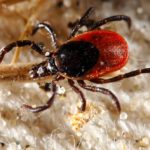
Ticks join new world order in infectious disease
Though only two varieties exist, they are responsible for a wide range of diseases
By scientific estimate, ticks have been around for 100 million years. They represent the most famous blood-sucking arachnids, (eight-legged organisms). The world is now in unchartered territory when it comes to infectious diseases. Over the past century, the number of new infectious diseases cropping up each year has nearly quadrupled. The number of outbreaks per […] Read more

Food label confusion often a dupe
Vet Advice with Dr. Ron Clarke
[Updated: Sept. 14, 2017] – Success in the “business of food” is subject to telling our story consistent with fact and reality. The legitimate process of marketing food means everyone from the ranch, through processing, then on to the burger stand and supermarket meat counter depends on using the same language. Veterinarians, as professionals trusted […] Read more

The battle against AMR drags on
Vet Advice with Dr. Ron Clarke
The CVMA (Canadian Veterinary Medical Association) has embarked on an exercise to script another chapter into the debate on prudent use of antibiotics in animals. Its plan: participation in an antimicrobial use (AMU) workshop of Canadian veterinarians, veterinary researchers and educators, government officials and species-group stakeholders working in the areas of swine, poultry, beef, dairy, […] Read more
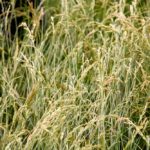
In search of fescue
Vet Advice with Dr. Ron Clarke
No story about ranching would be complete without mention of two elements, generically unrelated yet closely coupled to ranching’s origin beginning in the late 1800s and its dominating role into the 21st century. Old texts and oral history serve as background. One component is an ancient grass that provided year-round nutrition for millions of bison […] Read more



